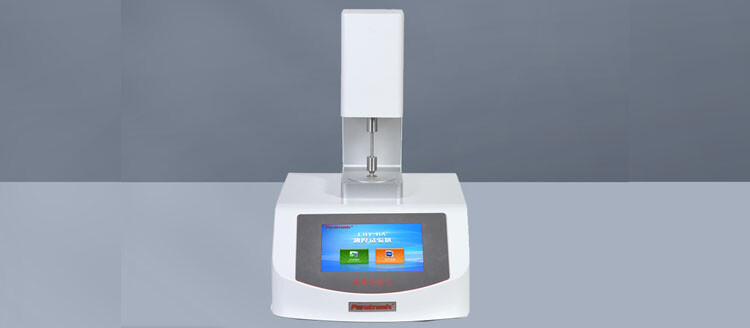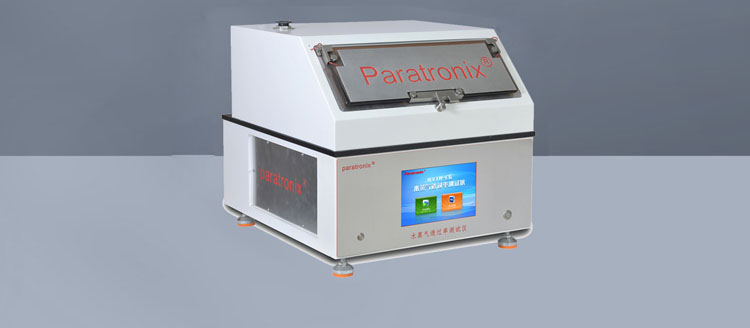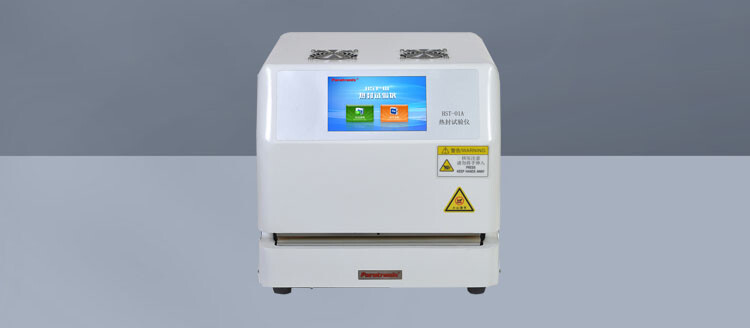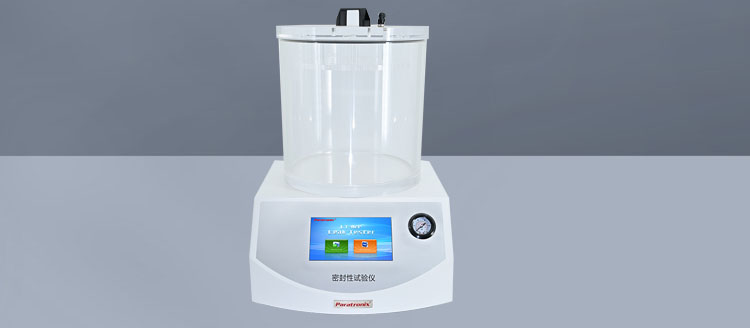Recent Posts
 Maintenance methods for thin film thickness detection instruments2025-12-15
Maintenance methods for thin film thickness detection instruments2025-12-15 Method for detecting the opening tension of food chain self sealing bags2025-12-03
Method for detecting the opening tension of food chain self sealing bags2025-12-03 Packaging industry testing instrument - moisture permeability tester2025-11-26
Packaging industry testing instrument - moisture permeability tester2025-11-26 What testing instruments are used for testing the heat sealing performance of thin films?2025-11-20
What testing instruments are used for testing the heat sealing performance of thin films?2025-11-20 Precautions for using negative pressure seal detector2025-11-10
Precautions for using negative pressure seal detector2025-11-10
Introduction
ISO 4593 is an international standard developed by the International Organization for Standardization (ISO) that
specifies a method for determining the thickness of plastic film and sheeting using mechanical scanning. This standard
is crucial for manufacturers, quality control professionals, and researchers who need precise and consistent thickness
measurements to ensure product performance and compliance with industry requirements.
Scope of ISO 4593
ISO 4593 applies to plastic films and sheets with a thickness range of 0.010 mm to 0.100 mm (10 to 100 micrometers).
The standard outlines a mechanical scanning method that involves moving a measuring device across the material to
obtain multiple thickness readings, providing an average value for enhanced accuracy.
Testing instrument:PTT-03 Thickness Tester
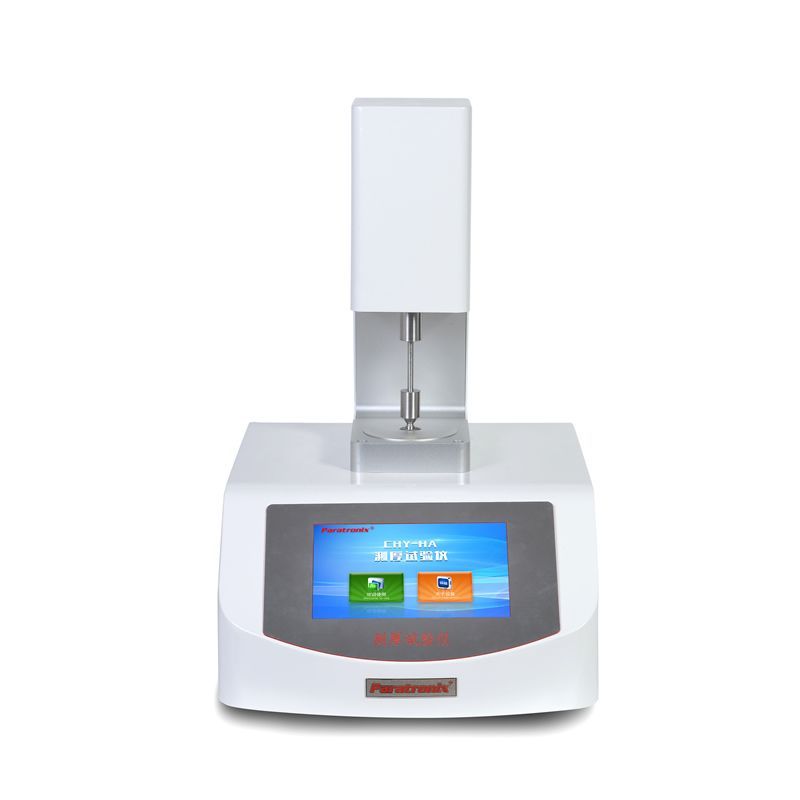
Key Principles of the Standard
The standard defines the following key aspects:
Measurement Apparatus:
A mechanical thickness gauge with a flat, circular contact surface (typically 6 mm to 20 mm in diameter).
A specified contact pressure (usually between 0.5 N and 1.0 N) to avoid material deformation.
Test Procedure:
The sample is placed on a flat, rigid surface.
The measuring device scans the material at a controlled speed, taking readings at predetermined intervals.
Multiple measurements are recorded to calculate an average thickness.
Environmental Conditions:
Testing should be conducted under controlled temperature and humidity (typically 23°C ± 2°C and 50% ± 10% relative
humidity unless otherwise specified).
Data Reporting:
The results must include the average thickness, standard deviation, and number of measurements taken.
Importance of ISO 4593 in Industry
Accurate thickness measurement is critical for:
Quality Control: Ensures uniformity in plastic films used in packaging, medical applications, and industrial products.
Process Optimization: Helps manufacturers adjust production parameters for consistent output.
Regulatory Compliance: Many industries require adherence to ISO standards for product certification.
Comparison with Other Thickness Measurement Methods
While ISO 4593 focuses on mechanical scanning, other methods include:
Optical Measurement (non-contact, high precision but more expensive).
Ultrasonic Thickness Gauges (suitable for thicker materials).
Micrometer Measurement (manual, less automated).
ISO 4593 is preferred when a balance of accuracy, simplicity, and cost-effectiveness is needed.
Conclusion
ISO 4593 provides a reliable and standardized approach to measuring the thickness of plastic films and sheets. By following
this method, manufacturers can ensure product consistency, meet regulatory requirements, and optimize production
processes. As industries continue to demand high-quality plastic materials, adherence to ISO 4593 remains essential for
quality assurance and performance reliability.
For more detailed specifications, the full standard can be obtained from the ISO official website or authorized distributors.
Leave A Reply
Search by Keywords

